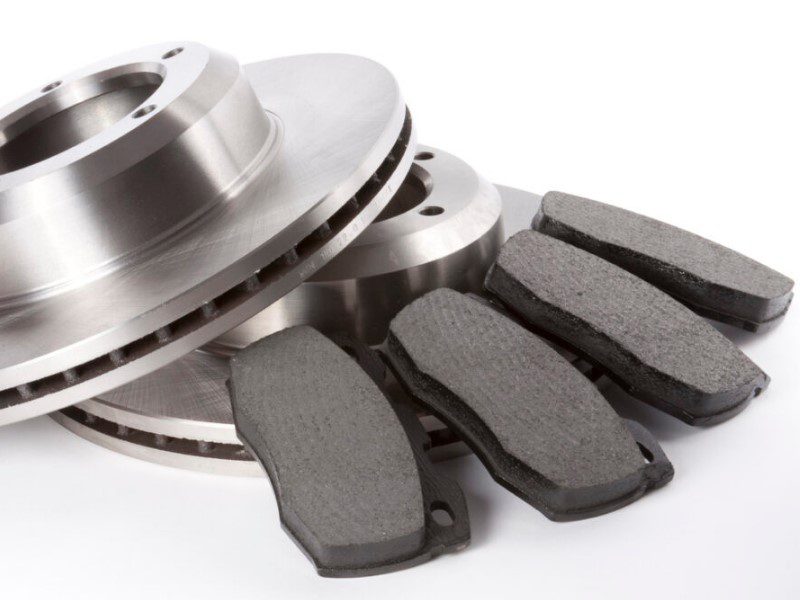Different Types of Brake Pads
The braking system of your vehicle is probably its most important safety mechanism. However, even if you use your brakes day in and day out to safely reach your destination, chances are you don’t pay much attention to what happens every time you press on that brake pedal. You might not even realize the role that brake pads play, either.
To give you a good idea, you need to learn how the braking system of your car works. Every time you step on the brake pedal, the vehicle pushes the pressurized fluid through the brake lines into a caliper at every wheel, which is the location of the pads. The brake fluid will push the pads against the disc rotor in every wheel so that it will slow down to bring your wheels to a stop little by little.
Simply put, the brake system of your car transforms kinetic energy into thermal energy through the friction that the pads apply. There are two types of pads you can choose from to help you choose which best suits your driving style and your vehicle.
Short History of Brake Pads
Today, drivers can often choose between three different types of pads, namely organic, semi-metallic, and ceramic. However, it wasn’t the case in the past. The first recorded use of these pads was during the 19th century.

The famous inventor Bertha Benz, who was also the spouse of Karl Benz, the founder of Mercedes Benz, is credited for the development of the first pads made from leather in 1888 for an early patent of their vehicle.
From then on, the materials used for making the pads have changed with technological advances. It was only during the mid to late 20th century when modern disc brakes started replacing drum brakes that manufacturers also began rolling out organic, metallic, and ceramic pads used to this day.
Organic Pads
The pads in the disc brakes were originally developed from asbestos, which is a type of material that absorbs heat and is suitable for the wear and tear that the pads are exposed to.





